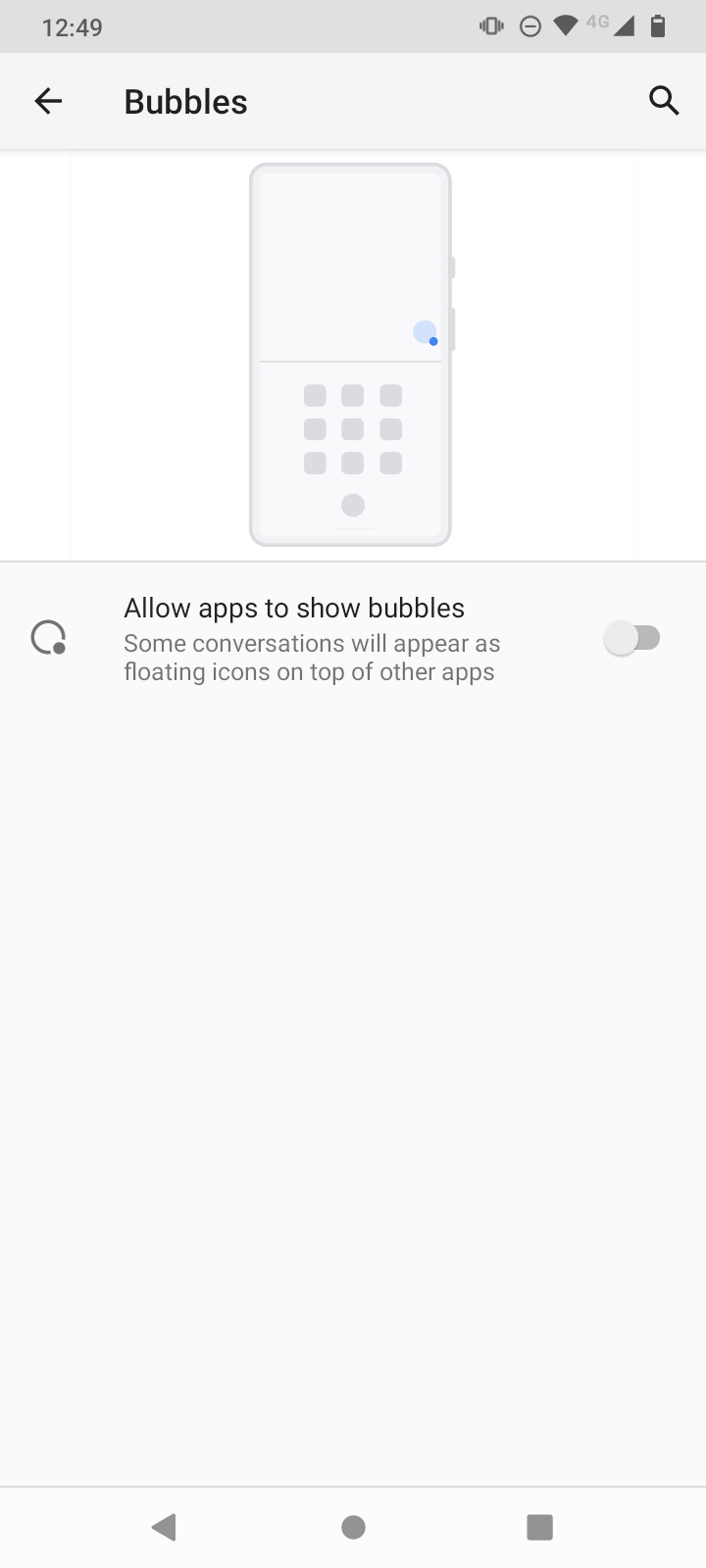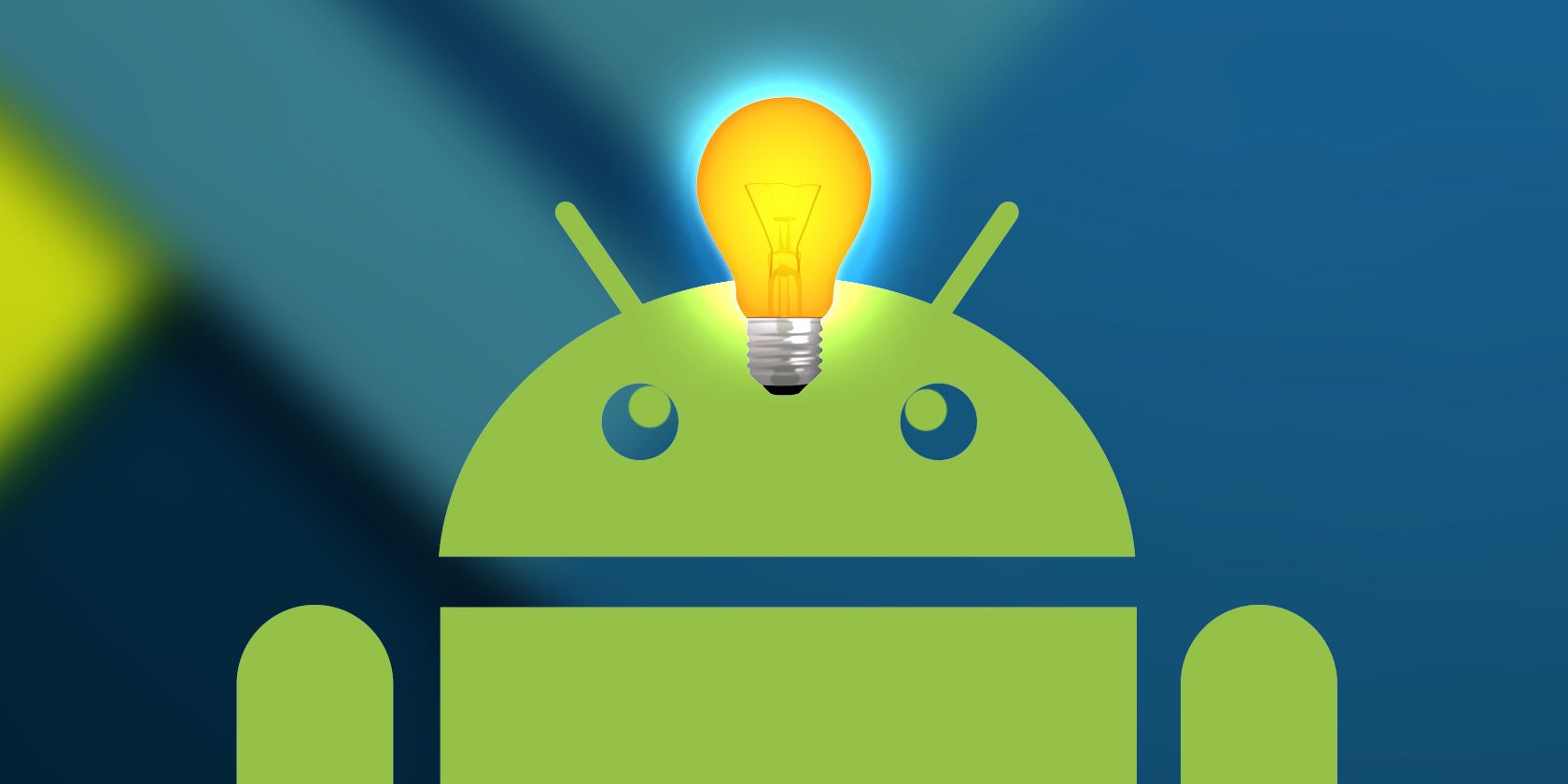Android is a great little operating system. It's absolutely packed with great features, awesome hacks, and time-saving tricks.
But how much do you really know about your phone or tablet? Sure, you can make phone calls and send texts, but we bet there is something in this article that you weren't aware of.
Read on to find out!
1. Enable Developer Mode
Ok, this is one of the more widely known tricks, but it's important nonetheless, so we are going to include it.
Navigate to Settings > About phone and tap on your phone's build number seven times. You'll get an onscreen countdown, eventually followed by a message saying "Congratulations, you are now a developer".
.png)
.png)
2. Change the Animation Speed
For the most part, the latest Android phones already feel very snappy. However, some lower-end phones only ship with 4GB of RAM, and in extreme cases, just 2GB.
One solution is to change your phone's Window animation scale, Transition animation scale, and Animator duration scale from 1x to 0.5x. Granted, it won't actually make your phone faster, but it will make it feel faster.
.png)
.png)
Go to Settings > System > Developer options and scroll about two-thirds of the way down the list to find the necessary options (you'll need to have first enabled Developer Mode).
3. Clear App Defaults
It's annoying when a link opens in a certain app rather than in the browser. It could be a YouTube link, a tweet, or a Facebook page—you'll end up waiting around while your phone shuts down Chrome (or your browser of choice) and fires up something else.
It's easily fixed.
Go to Settings > Apps and notifications and find the app that keeps opening. Once there, tap on Advanced, scroll down to Open by default, press it, and then select Clear Defaults.
.png)
.png)
If that doesn't work, try doing the same with your browser app as well.
4. Quickly Change Your Wi-Fi Network
Oddly, how to quickly switch between Wi-Fi networks is not very obvious. Sure, you can go to Settings > Network and internet > Wi-Fi and change it there, but there has to be a faster way, right?
Well, there is!
.png)
.png)
Swipe down twice from the top of your screen to open the Quick settings menu, and instead of tapping on the Wi-Fi icon (which disables it), tap-and-hold on the icon. You'll immediately be given a list of all the networks in your vicinity.
5. Quickly Access the Quick Settings Menu
Speaking of the Quick settings menu, did you know you don't actually need to double swipe in order to access it?
Instead, a simultaneous two-finger swipe will have the same effect.
6. Cast Your Screen
Are you a Chromecast owner? If so, you can easily mirror your Android screen (and individual apps) by using the cast function.
Just open the Quick settings menu and hit Screen cast. Your device will find your Chromecast (assuming it's on the same local network), and you're good to go.
-1.png)
.png)
It's great for playing games on a larger screen, showing off photos to family and friends, or playing your music through a louder set of speakers. Though many apps, like YouTube, have a dedicated cast button within the app for even easier access.
7. Locate Annoying Notifications
Do you keep getting an annoying app notification, but you're not sure which app is causing it?
There is an easy solution—just long-press on the notification in question, and your device will tell you.
8. Manage App Notifications
Moving on one step further from the previous tip, after you've long-pressed the app you'll see an information icon. Press it, and you'll be presented with the notification settings for the app in question.
You can do things like block all (or some) of its notifications, allow it to override priority mode, and make it hide private information.
.png)
.png)
9. Do Not Disturb Mode
The Do Not Disturb mode is probably one of the most underrated and underused features on the entire operating system.
In short, it allows you to put your phone into quiet mode but still allows some "noises" to get through. This could be calls, texts, or WhatsApps from specific contacts, notifications from certain apps, or important alerts such as alarms.
.png)
.png)
To set up Do Not Disturb, go to Settings > Sound > Do Not Disturb, then select the options that you require.
It can be quickly toggled on and off from the Quick settings menu.
10. Map Zoom
Ever need to use Google Maps one-handed? (No, not while you're driving!)
Just double-tap the screen to zoom in and double-tap to zoom out—it's a lot less fiddly than trying to pinch your fingers and hold your phone at the same time!
For more precise control, double-tap and hold your finger on the screen. Then move your finger up and down to zoom in and out.
11. Smart Lock
Smart lock is super useful. It removes the need to use a keypad lock when you're at home or in another "trusted" environment.
It can use GPS, certain networks, your face, or even your voice to prevent your phone from locking itself, making for a much faster and hassle-free experience.
Head to Settings > Security > Smart lock to set it up.
-2.png)
-1.png)
12. App Pinning
If you have kids using your phone regularly, this is a great way to make sure they don't accidentally run up huge bills or set their eyes on age-inappropriate content.
.png)
.png)
Firstly, you'll need to enable the feature (oddly, it is turned off by default). Do that by going to Settings > Security > Advanced and scrolling down to App pinning and flipping the toggle at the top of the window.
To pin a screen, open the app, press the Overview button (the square), and then the pin icon.
You can choose to PIN-protect the pinned screen if you so wish.
13. Use Assistant While You Wait on Hold
If you're trying to call your ISP, cable provider, electric company, or just about any other company that you have an account with, there are two things you can be certain of—terrible customer service and an inordinate amount of time sitting in a hold queue.
Thankfully, hold queues can become a thing of the past with Google Assistant. If you find yourself in a queue, just tap the three dots in the upper right-hand corner and choose Hold for me. The assistant will alert you when someone finally answers, and will even keep a transcript of anything said in the meantime.
Note: At the time of writing, the feature is only available on toll-free numbers in the US.
14. Turn On Notification History
We've all swiped away notifications accidentally before. It's frustrating, especially if you didn't notice which app it came from. Android 11 and above have a solution in the form of the Notification History feature.
It is easy to turn on. Just go to Settings > Apps and notifications > Notifications > Notification history and slide the toggle into the On position. Once enabled, tap History in the notification shade to see what you missed.
.png)
.png)
15. Enable Chat Bubbles
All compatible messaging apps support chat bubbles. A chat bubble is a persistent shortcut icon that is always visible on-screen, regardless of whether you are using the main app or not. It will take you straight to the chat window of the person you are talking to.
-1.png)

You can turn chat bubbles on by heading to Settings > Apps and notifications > Notifications > Bubbles. Then turn any chat into a bubble by going to Settings > Apps and notifications > Conversations and choose the conversation you want to enable the feature for.
Use These Tricks to Become a Power User
Android is packed with lots of tricks that we have not covered here. But if you start using these 15 tips regularly, you can become an Android power user in no time.

